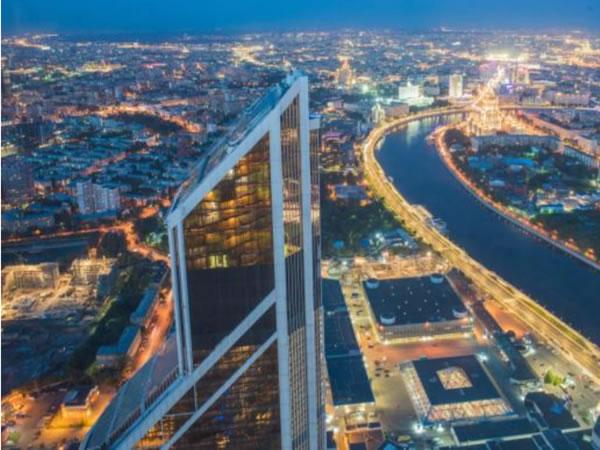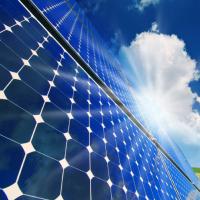
Date: 24 October 2018
It demonstrates how electrically heated glass prevents convection and cold wall effect, hence giving a pleasant and comfortable indoor environment while saving money and energy.
The Finnglass cold wall simulator is a 3 metres high closed glass tower with a temperature of minus 30 centigrades inside. One side of the tower is double-glazed, another one triple-glazed. The rest is made of electrically heated glass. “You can feel with your own hands how different solutions deal with the chilling temperatures inside,” explains Mr. Timo Saukko, CEO of Finnglass.
Electrically heated glass prevents convection and cold wall effect. Convection happens when air cools in the vicinity of a window, sinks down and is replaced by warmer air that again cool, and so on. This makes the space appear drafty. Cold wall effect is also created by temperature differences: the heat transfers from human skin towards a cooler window and makes one feel that the glass is radiating cold.
“The surface of electrically heated glass is warmed up to the room temperature, and that eliminates the temperature differences. Hence there is no convection nor cold wall effect, which is good for both wellbeing and productivity,” Mr. Saukko says. Heating the glass saves energy. Tests conducted by Technical Research Centre of Finland (VTT) show that 90 per cent of the heat produced is directed inside the building due to glass coatings and gasses between the glass unit layers. Also, room temperature can be slightly lower because there is no need to counteract convection and cold wall effects.

Electrically heated glass is suitable for both construction of new buildings and renovation of existing ones. The key is to start thinking about it in the early stages of the project, well before planning the heating and cooling systems.
As an investment, electrically heated glass is a bit more expensive than normal glazing – but then there is no need for any other heating systems for glass surfaces or facade. “That’ll save both money and space. Finnglass can provide energy consumption and construction cost calculations for your project. We have the research-based tools and methods and over 30 years of experience to help you all the way,” Mr. Saukko says.
Photo: Electrically heatable FGL Heated glass on top and sloped areas. Mercury City Tower, Moscow. Customer
Josef Gartner GmbH Germany
 600450
600450























Add new comment